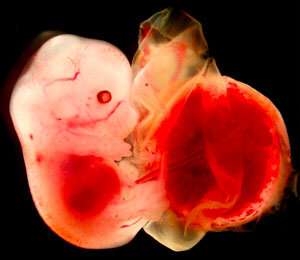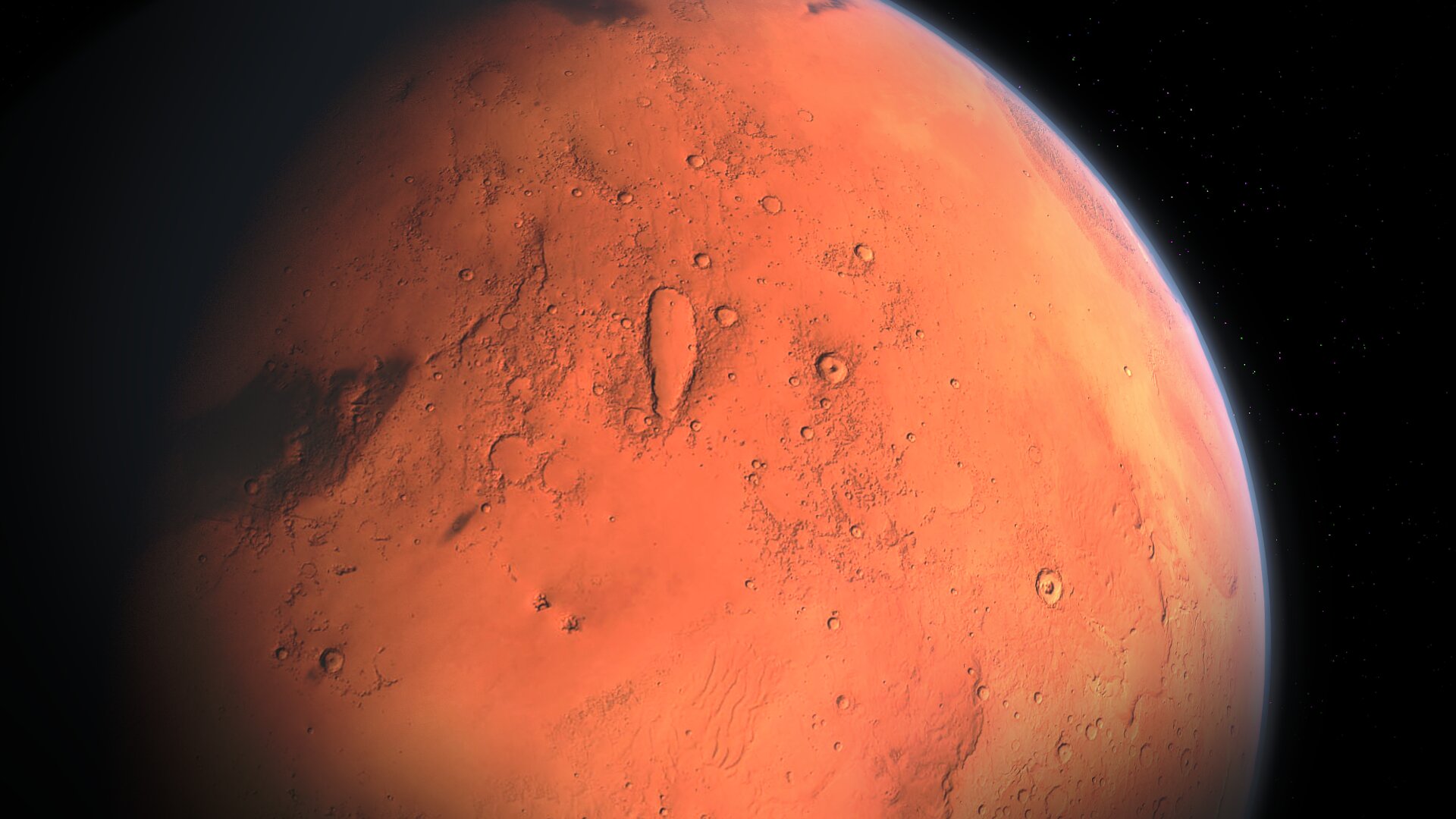#Cause of oversized placentas in cloning found after two decades
“#Cause of oversized placentas in cloning found after two decades”

One reason a technique for cloning animals often results in oversized placentas, and hence failed births, has been uncovered in mice by an all-RIKEN team. This finding will help improve the success rate of the cloning method and could also shed light on fertility treatments for people.
The cloning method known as somatic cell nuclear transfer (SCNT) made headlines in 1997 when Dolly the sheep became the first mammal cloned from an adult cell. It involves swapping the nucleus of an egg cell from the mother with a nucleus from a normal somatic cell from the nuclear donor animal and then placing the egg into the uterus of a surrogate mother. SCNT is a powerful tool for basic research, medicine, agriculture and environmental science.
However, despite significant progress, SCNT’s birth rate is still well below that of natural fertilization. One reason for this is that the placentas of the artificially fertilized embryos are often abnormally large, which frequently leads to developmental complications. But even after 20 years of research, the cause of this problem has remained a mystery.
Now, Kimiko Inoue, Atsuo Ogura, and their co-workers, all at the RIKEN BioResource Research Center, have discovered that the overexpression of the largest imprinted microRNA clusters in mice is one of the main reasons why SCNT often produces placentas that are too large. When they corrected for this, they were able to double the birth rate.
A process known as genomic imprinting guides the early development of mammals by switching certain genes on and off as the embryo and placenta develop and grow. This can lead to the expression of genes from only one parent, depending on small molecules attached to the genetic sequence called epigenetic marks. The team found that SCNT placentas’ lack of genomic imprinting based on the epigenetic mark histone methylation goes a long way to explaining their abnormal size.
“DNA methylation is the main epigenetic mark that governs this expression system,” says Inoue. “However, imprinting specific to the placenta is regulated by trimethylation at lysine 27 of histone H3 and this represses the expression of the mother’s gene.”
Inoue wasn’t expecting to find that the culprit was a microRNA that didn’t code for proteins. “I was surprised to discover that a non-protein-coding microRNA, and not a protein-coding gene, was the main cause of the oversized placentas produced by SCNT,” she says.
The study has repercussions beyond SCNT. “We’ve demonstrated that non-coding microRNA plays an essential role in the healthy development of placentas,” says Inoue. “I anticipate this will help us understand placental abnormalities and develop gene markers for assisted reproductive technologies for people.”
More information:
Kimiko Inoue et al. Loss of H3K27me3 imprinting in the Sfmbt2 miRNA cluster causes enlargement of cloned mouse placentas, Nature Communications (2020). DOI: 10.1038/s41467-020-16044-8
Cause of oversized placentas in cloning found after two decades (2020, July 10)
retrieved 10 July 2020
from https://phys.org/news/2020-07-oversized-placentas-cloning-decades.html
This document is subject to copyright. Apart from any fair dealing for the purpose of private study or research, no
part may be reproduced without the written permission. The content is provided for information purposes only.
If you want to read more Like this articles, you can visit our Science category.
if you want to watch Movies or Tv Shows go to Dizi.BuradaBiliyorum.Com for forums sites go to Forum.BuradaBiliyorum.Com



